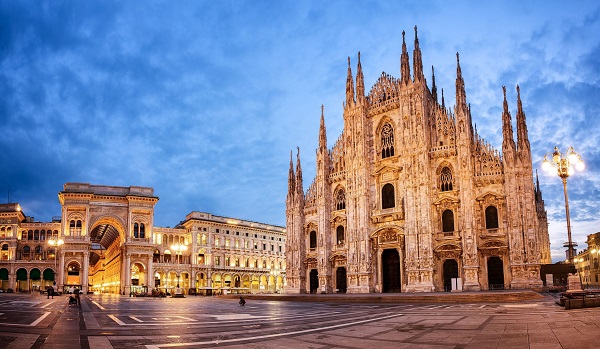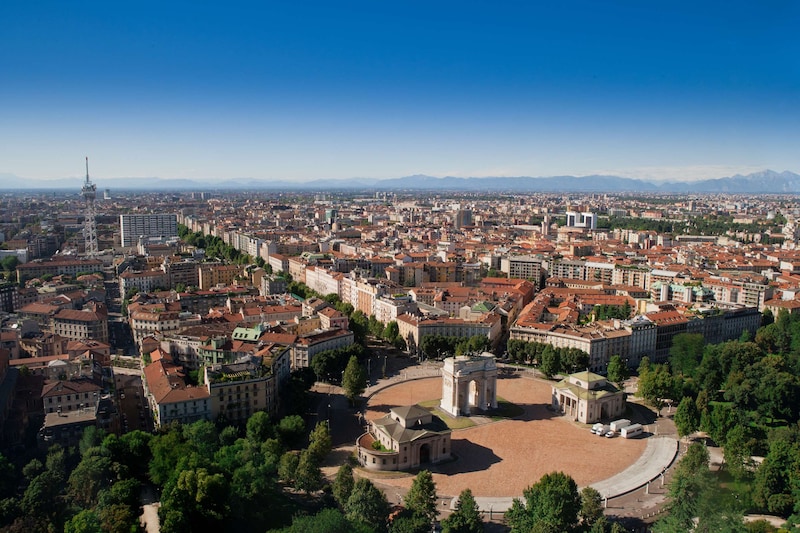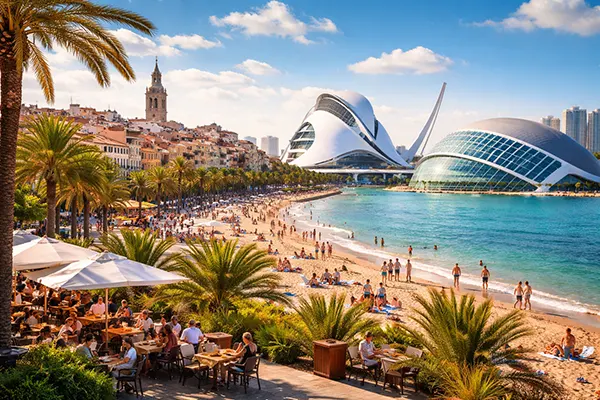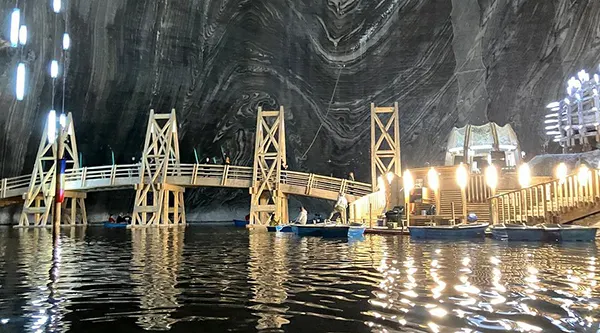
Milano Unveiled: Discovering the Charms of Italy’s Fashion Capital
Milano, or Milan, Italy’s global fashion capital, is not just about high-end fashion and design. Its rich history, cultural significance, and vibrant lifestyle make it a must-visit destination. This comprehensive guide explores Milan’s historical roots, its rise to fame, key achievements, amusing stories, potential for visitors, and concludes with why Milan should be on every traveler’s list.
The Historical Tapestry of Milano
Founded by the Insubres, a Celtic people, Milan was later conquered by the Romans in 222 BC, named Mediolanum. Over the centuries, Milan has played a pivotal role in Italy’s political and cultural history. It served as the capital of the Western Roman Empire, faced sieges during the Medieval times, and was at the forefront of the Italian unification.
The city’s architecture is a testament to its layered history, from the grand Gothic Duomo to the Sforza Castle, bearing witness to Milan’s evolution through the ages. The imprint of historical figures like Leonardo da Vinci and Napoleon Bonaparte adds to the city’s allure.
Rise to Global Fame: Milano’s Journey
Milan’s ascension as a global fashion and design hub began post-World War II. The city’s strategic position in Italy’s economic triangle and its legacy in textile production set the stage for its emergence as a fashion capital. Today, Milan Fashion Week is one of the most important dates in the international fashion industry’s calendar.
But Milan’s fame isn’t confined to fashion alone. It’s a center of finance, innovation, and education, home to the Italian Stock Exchange and prestigious universities and research institutions.
Cultural and Artistic Hub
Aside from fashion, Milan boasts a rich artistic heritage, exemplified by landmarks like the Teatro alla Scala, one of the world’s leading opera houses, and the Santa Maria delle Grazie, housing Da Vinci’s ‘The Last Supper.’
Main Achievements of Milano
Milan’s achievements span various sectors. It’s a leader in design and architecture, hosting the renowned Salone del Mobile. In sports, the city is fiercely represented in football by A.C. Milan and Inter Milan, both globally recognized clubs.
Innovation and technology are other areas where Milan shines, often leading Italy in these sectors, embracing modernity while retaining its historical charm.
Economic Powerhouse
As Italy’s economic powerhouse, Milan plays a vital role in the country’s economy. Its stock exchange, Borsa Italiana, is among Europe’s most important, and the city’s influence in the banking sector is undeniable.
Funny and Unique Stories from Milano
Amidst its historical and cultural grandeur, Milan has its share of quirky tales. From legends surrounding the Duomo’s spires to amusing anecdotes about local customs and traditions, the city’s lighter side is as captivating as its more solemn history.
Interesting tales from fashion week, where the world’s fashion elite descend on the city, add a touch of glamour and humor to Milan’s narrative.

The Untapped Potential of Milano for Visitors
Milan offers immense potential for visitors, beyond its fashion and design scene. Its culinary landscape, from traditional Milanese dishes to modern gastronomic innovations, is a delight. The city’s transformation into a green urban space with initiatives like Vertical Forest, and the redevelopment of the Darsena, Milan’s old dock, reflect its commitment to sustainability.
The city’s blend of the modern and the historical, its vibrant nightlife, and the warmth of its people make it a holistic and enriching destination.
Conclusions: Why Milano Should Be Your Next Destination
In conclusion, Milan is a city that offers something for everyone. It seamlessly blends its historical past with a dynamic present. Whether you are drawn by its fashion legacy, rich history, architectural wonders, or vibrant cultural scene, Milan promises an experience filled with discovery and delight.
Visiting Milan is not just a trip to another city; it’s an immersion into a world where history, creativity, and innovation converge. Milan is a testament to the enduring spirit of Italy, continuously evolving while staying true to its roots.




